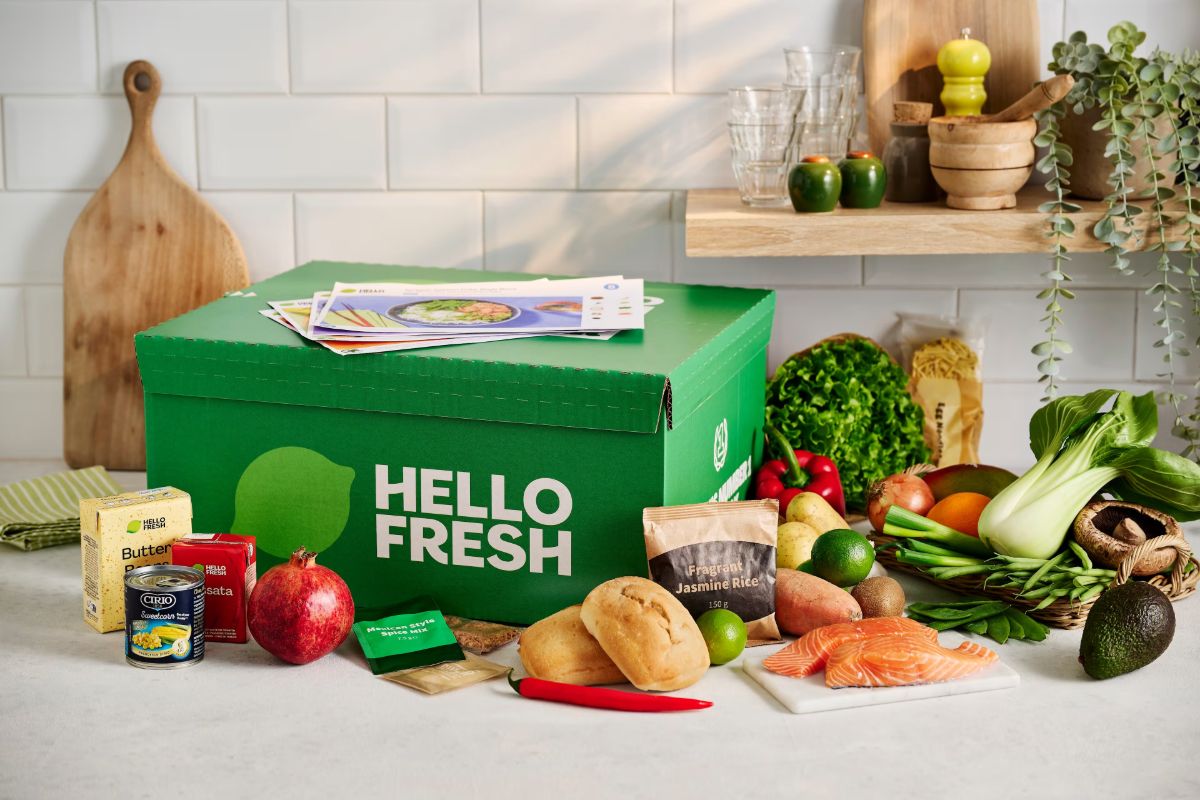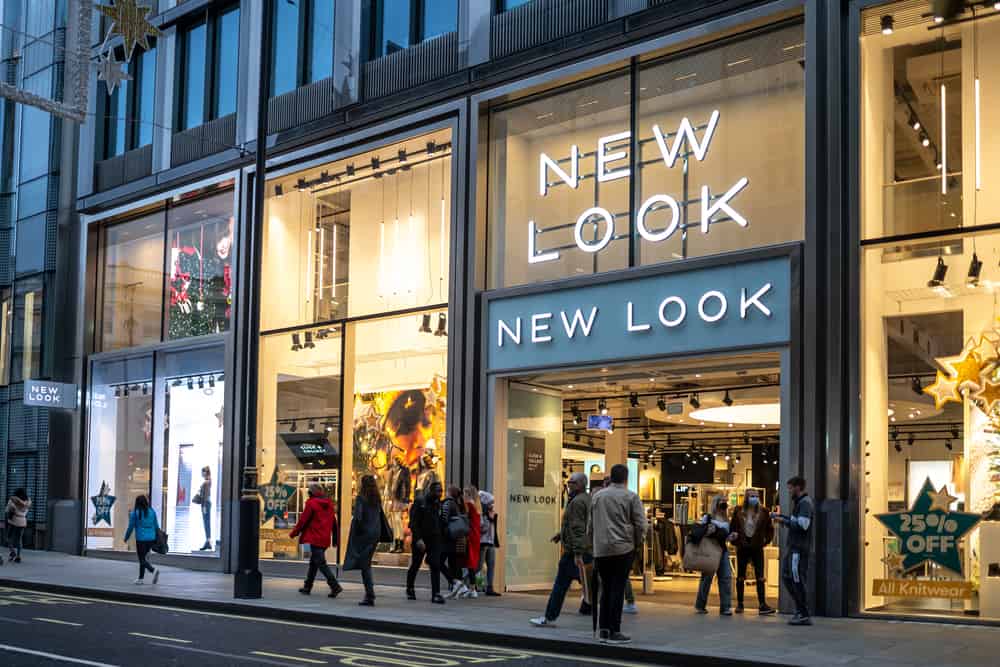There is a raging debate about how marketplaces such as Amazon are now an essential part of the omni-channel mix for any retailer – after all, it is where almost half of all shoppers are. But this move to other platforms outside the realm of the retailer ecommerce site is causing a bigger shift. And social media platforms look likely to be the main beneficiaries.
While Amazon dominates the pure-play ecommerce landscape – according to GlobalData Amazon is the fifth biggest online retailer in the UK behind the big four grocery behemoths – there is a surge among social media firms looking to get in on the action.
Almost all shoppers in every region of the world who shop online use marketplaces to some extent.
They have seen how shoppers are increasingly turning to places like marketplaces to buy things and they want a piece of the action. According to a global UPS Pulse of the Online Shopper study, in Mexico it is above 99%. In Europe it ‘drops’ to 96%. That means that every one is shopping on marketplaces pretty much.
And this is very attractive to social media sites – many of whom already help promote products, brands and retailers, and many of which also have sales tools to help sell through their platforms.
News last month that Instagram was to boost its sales tools to retailers and brands using it site was met the following week by Pinterest extending its sales tools. These sites are hungry to sell – they are hungry to take on the marketplaces. And already M&S, Screwfix and Miss Selfridge have all become leading Instagram sellers.
And while it appears that the eBays, Amazons and Alibabas have it all sewn up, social media sites have one huge advantage: they are not only a sales platform, but also far reaching marketing platforms too.
Social media grew up out of pushing great things that people had purchased and wanted to share their delight – or humble brag about how well off and tasteful they are – and this has grown social media into a pictoral cornucopia of brand, product and retail images. Images that reach an engaged, envious and mindlessly plagiarising audience who may well just click and buy the things they see.
Don’t take my word for it, though, look at the numbers. According to a study out this week from Bazaarvoice, visual content shared via social media on mobile produces as much as a 111% uplift in conversion and can generate 180% boost in revenue per visitor to a website a study has found.
The company also surveyed more than 400 brand and retail clients to find out what they’re focused on and investing in over the next two years.
It found that almost 60% of clients now say that customer pictures and video content is now standard in e-commerce, and 81% state integrating social media and online shopping is a priority for their business.
And with good reason. Another survey– this time by marketing technology company Curalate – found that more than two thirds (67%) of UK consumers go on to purchase products they discover on retailer’s social media channels. The 18-34 year olds surveyed were most receptive to shoppable social posts, with half of this age group agreeing they are interested in learning more about items they spot on social media sites.
Overall, 39% of consumers were influenced by user generated content, saying real life images of people who had previously bought the product would make them more likely to make a purchase.
This shows just how powerful social media has become. And that all rests with the fact that it has captive audiences that are engaged with it and that it allows people to buy things they see while doing so. It is this combination that is incredibly powerful. Distributed retail is the future – shoppers will see things in the world around them and use their device to identify them, find the same or similar and buy them: all from their phone. Retailers will become mere suppliers/shippers. And those that can do it fastest, cheapest or most locally will be the winners.
Social media commerce is the start of this shift. It takes the buying away from shopping and into something done in passing. See it, want it, buy it… why go looking for it?








